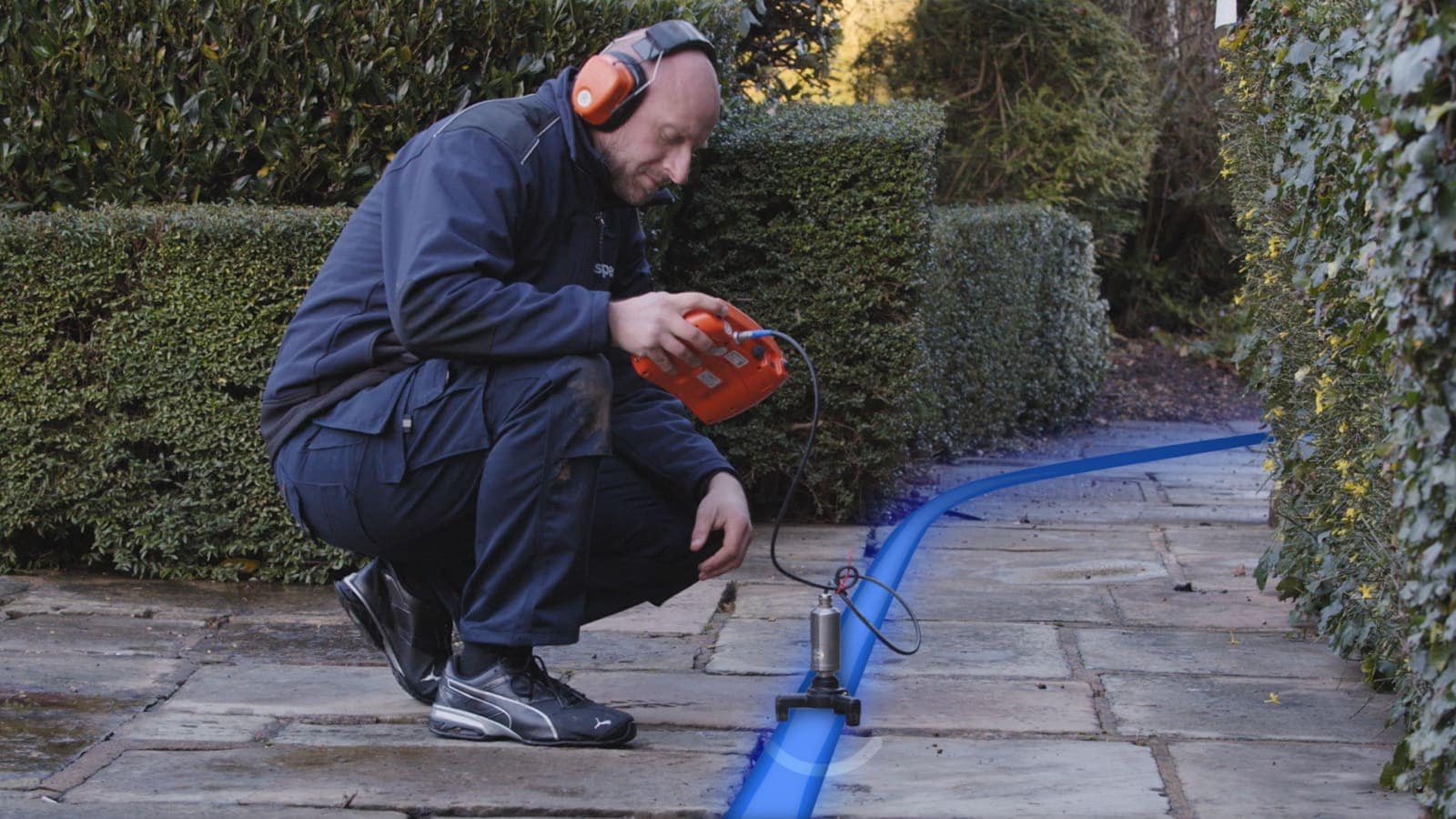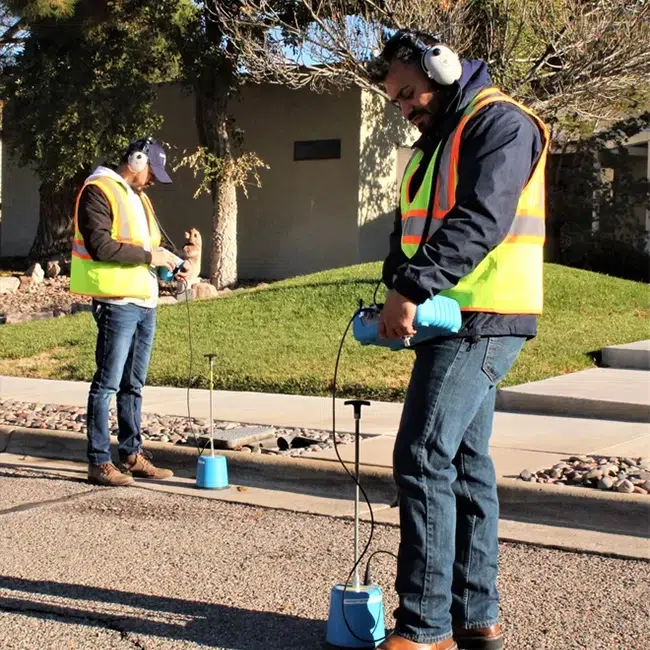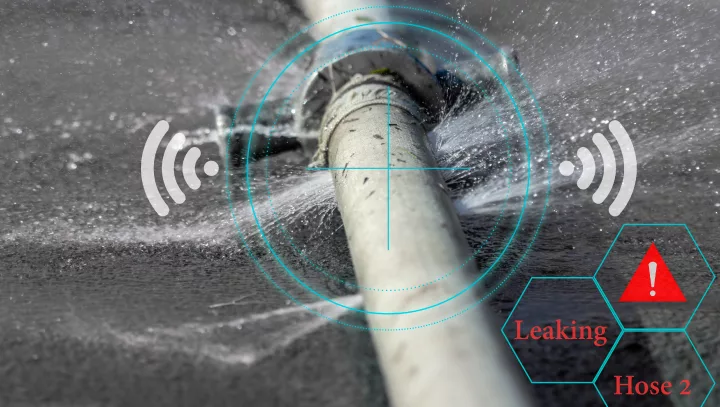How Professional Water Leak Detection Can Save You Cash and Protect Against Damages
How Professional Water Leak Detection Can Save You Cash and Protect Against Damages
Blog Article
Innovative Solutions for Early Discovery of Water Leakages in Structures and Facilities
As the stability of structures and infrastructure is vital, the difficulty of early detection of water leaks has spurred innovative options that assure to transform the method we secure versus prospective damages. From innovative leakage detection modern technologies to the implementation of IoT sensors for real-time surveillance, the landscape of leak avoidance is developing swiftly. Artificial intelligence formulas use a peek right into the future of leak forecast, while thermal imaging presents a non-intrusive approach for identifying surprise leaks. Automated water circulation analysis systems are improving exactly how leaks are recognized and attended to, paving the method for a positive method to water leak detection. Each of these options holds the essential to guaranteeing the dependability and durability of our built environment, triggering a change in the direction of an extra lasting and reliable future.
Advanced Leakage Discovery Technologies
Advanced leakage detection modern technologies, outfitted with innovative sensors and algorithms, play a critical duty in swiftly recognizing and identifying water leakages in numerous settings. Electro-magnetic sensors can recognize modifications in electro-magnetic fields created by water, providing yet an additional layer of leakage detection ability.

IoT Sensors for Real-Time Tracking
In the world of modern-day water leakage detection, the combination of IoT sensing units for real-time surveillance stands for a critical improvement in boosting proactive leak detection abilities. These sensing units supply continuous monitoring of water systems, supplying real-time information on water circulation rates, pressure variations, and temperature changes. By leveraging IoT technology, these sensors can identify even the smallest anomalies in water use patterns, making it possible for early identification of possible leakages before they rise into major problems.
IoT sensing units transfer data to a centralized platform, where sophisticated algorithms evaluate the info and produce notifies or notices when abnormalities are detected. This real-time monitoring capacity allows homeowner or center supervisors to immediately deal with leaks, reducing water damage, reducing repair prices, and preserving water resources.
Moreover, IoT sensors can be integrated with structure management systems, enabling automatic actions to found leakages, such as turning off water shutoffs or turning on pumps to mitigate the effect of leaks. Overall, the execution of IoT sensing units for real-time monitoring considerably improves the efficiency and efficiency of water leakage discovery in buildings and infrastructure.
Equipment Knowing Algorithms for Leakage Prediction

One key benefit of utilizing artificial intelligence for leak forecast is its capacity to constantly discover and improve its precision over time. As even more data is accumulated and fed into the formula, it can refine its forecasts and adapt to changing problems, ultimately boosting the dependability of leakage detection systems.
Furthermore, artificial intelligence algorithms can assist in determining refined signs of leakages that may go unnoticed by conventional surveillance approaches. water leak detection. By evaluating complex information collections in real-time, these formulas can provide early warnings and signals, enabling punctual intervention and preventive upkeep to minimize potential water damages and associated prices
Utilizing Thermal Imaging for Leakage Detection
Thermal imaging modern technology uses a promising strategy for spotting special info water leaks in numerous systems and frameworks. By using infrared radiation and temperature variances, thermal imaging cameras can determine surprise leaks that are not quickly noticeable to the naked eye. When water escapes from pipes or frameworks, it frequently transforms the temperature level of the surrounding area, creating temperature differentials that thermal cameras can record. These temperature abnormalities are then converted into noticeable photos, highlighting the exact place of the leak.
One of the key advantages of thermal imaging for leakage discovery is its non-intrusive nature. Unlike standard methods that may require damaging into walls or floors to find leaks, thermal imaging enables non-destructive testing. This not just saves time and decreases costs but additionally decreases disruption to site the building or framework being assessed. Furthermore, thermal imaging can rapidly scan big areas, offering a detailed review of prospective leak sources in a timely way. On the whole, the usage of thermal imaging modern technology enhances the efficiency and precision of water leak discovery, making it a valuable device for maintaining the honesty of buildings and frameworks.
Automated Water Flow Analysis Equipments
How can automated water circulation analysis systems reinvent the detection and management of leakages in various systems and facilities? Automated water flow evaluation systems offer an aggressive method to leak detection by continuously monitoring water flow prices and patterns. By establishing standard data, these systems can quickly recognize discrepancies that may show a leakage, allowing prompt intervention to protect against substantial damage.
These systems use sophisticated formulas to analyze real-time information and provide prompt notifies when abnormalities are detected, permitting swift action to be taken. Furthermore, automatic water flow evaluation systems can be integrated with building monitoring systems or IoT platforms, enhancing general efficiency and allowing remote tracking abilities.
Furthermore, the information accumulated by these systems can be utilized for predictive upkeep purposes, aiding to determine possible weak points in the facilities prior to leakages take place. In general, the execution of computerized water flow analysis systems can significantly enhance leakage detection and administration practices, eventually causing cost financial savings, decreased water wastefulness, and enhanced sustainability in structures and infrastructure.

Conclusion
In conclusion, the combination of sophisticated leak discovery technologies, IoT sensors, artificial intelligence formulas, thermal imaging, and automatic water flow evaluation systems supplies innovative remedies for very early detection of water leaks in buildings and facilities. These technologies make it possible for real-time monitoring, prediction of leakages, and efficient detection approaches to avoid water damage and wastefulness. Carrying out these remedies can help in maintaining the stability and sustainability of water systems in numerous settings.
Report this page